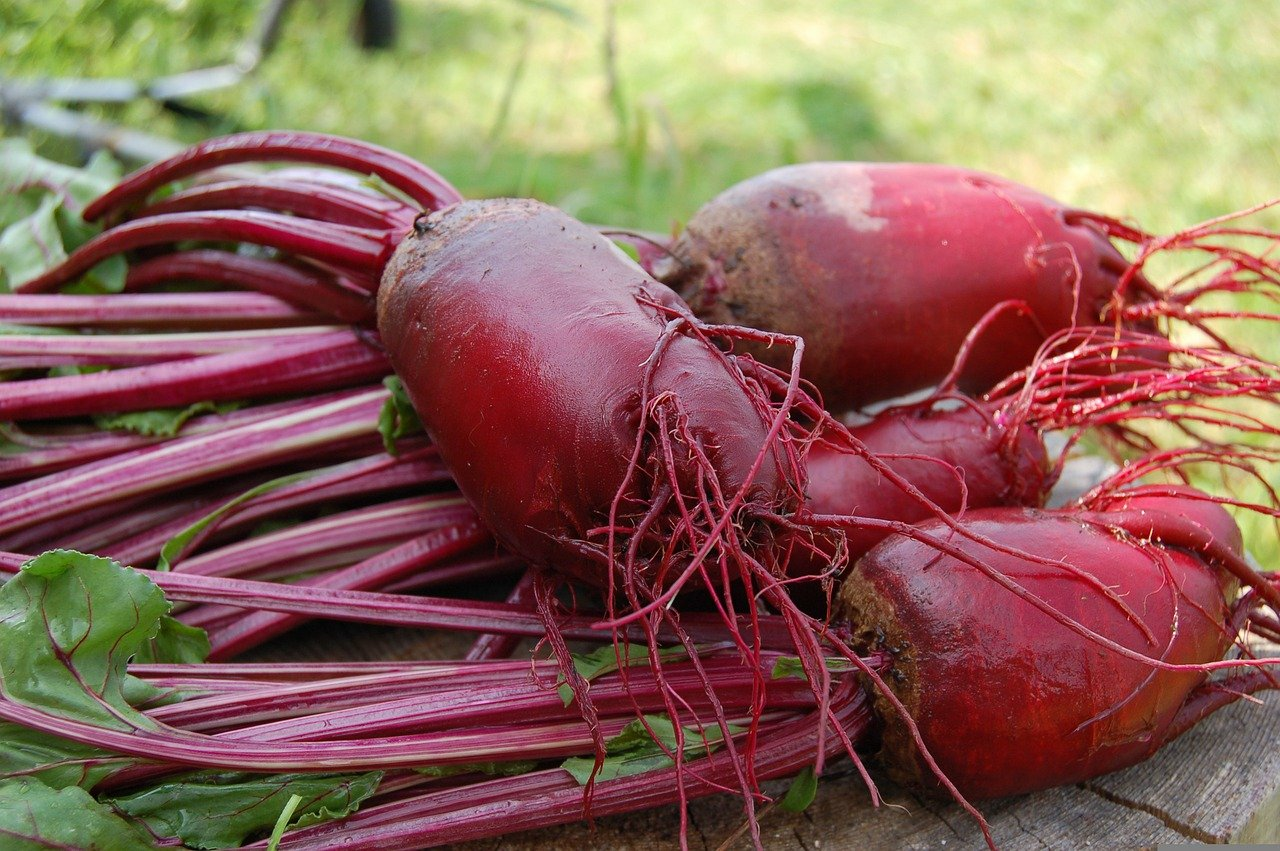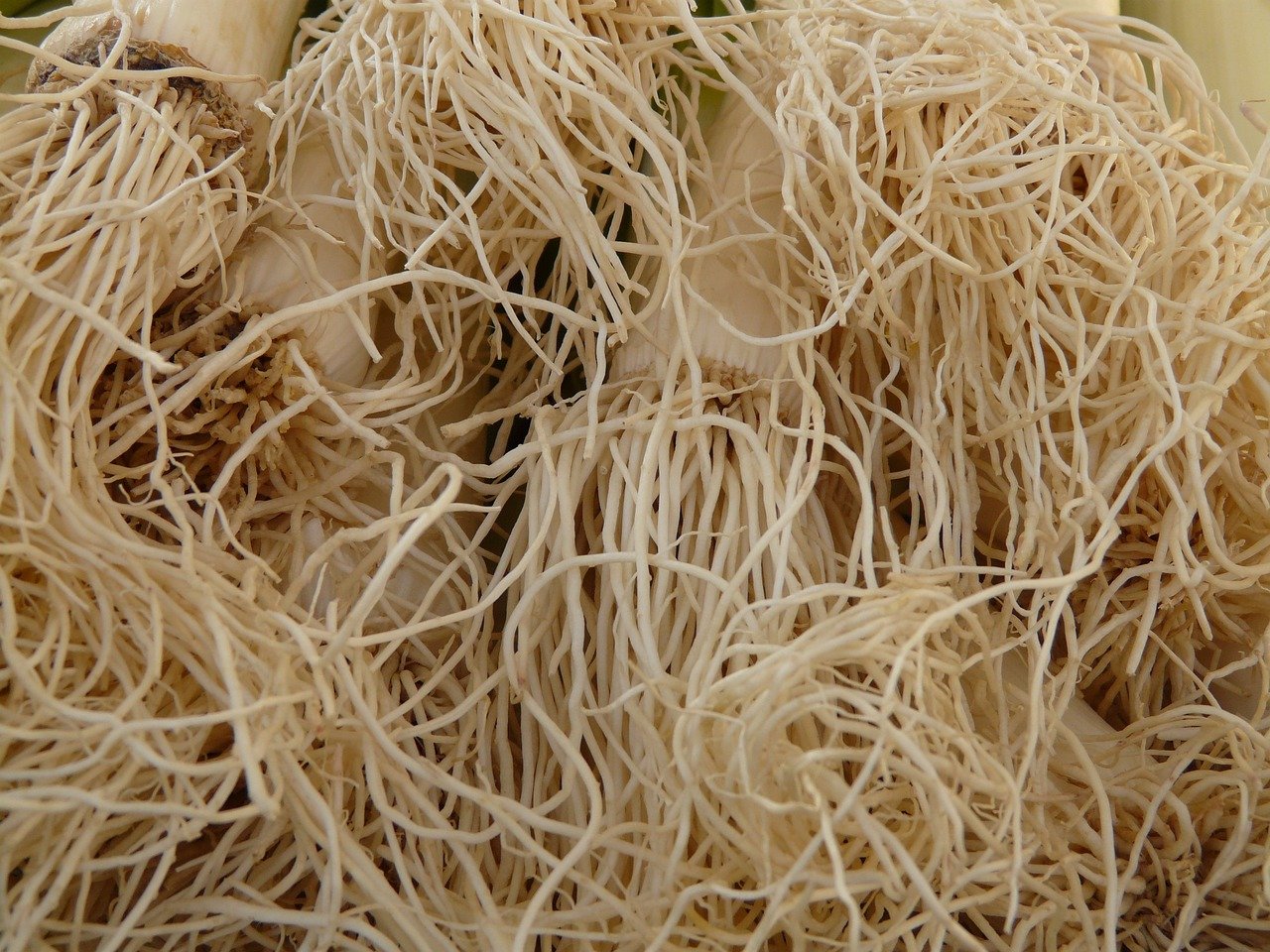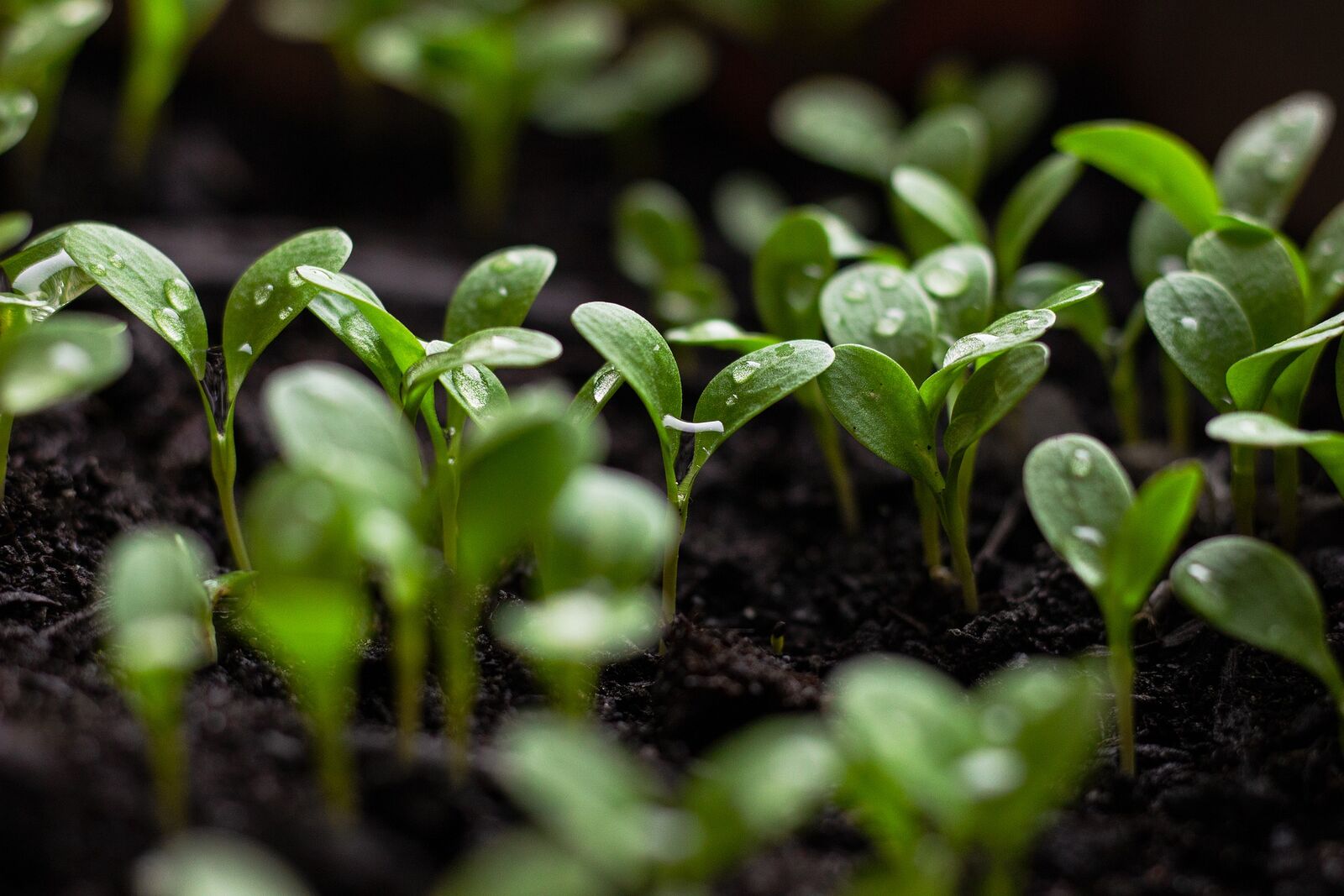
Recognizing and Combating Root Diseases
Healthy roots are the basis for good development and growth of your crops. Damaged roots can promote diseases such as root rot or verticillium wilt and reduce your harvest. It is therefore important to act quickly if you suspect that your plants have diseased roots. In this article, we give you an overview of the most common root diseases in the garden.
This Article Contains:
Quick Overview
Common Diseases at the Roots
Root Rot
- Cause: Incorrect care (e.g. unfavorable water supply) or pathogens such as fungi (e.g. Phytophthora) and bacteria (e.g. Erwinia)
- Symptoms: Rotten roots; chlorosis on leaves; plants are not stable in the soil
- Risk of confusion with water deficiency
Verticillium Wilt Fungus
- Cause: Fungus that infects plants via damaged roots
- Symptoms: Chlorosis on leaves; individual shoots wilt; wrinkled bark
- Risk of confusion with water deficiency
Root Blight
- Cause: Fungi that occur in the soil (can also be introduced through purchased soil!)
- Symptoms: Infested seedlings emerge poorly and fall over
How to Recognize Root Rot vs. Healthy Roots
- Root rot can have various causes. In addition to fungi such as Phytophthora and bacteria, incorrect care can also be the cause of the symptoms. First rule out care errors before suspecting a plant disease! In our article on Recognizing and Combating Plant Diseases, you will find other possible causes and care errors that can also lead to root rot.
- Possible biotic pathogens that cause root rot: Fungi such as Fusarium, Phytium, Phytophthora (these diseases are called hard rot, black rot or rotting disease) and bacteria such as Erwinia, Rhizomas or Pseudomonas attack plants; if care errors are the cause of damaged, rotten roots, these pathogens have a particularly easy time penetrating the plant; the exact cause of infestation is usually difficult to determine
- Symptoms: Brown and rotten, sometimes muddy roots; this causes the plant to wilt (individual shoots gradually wither until the whole plant is wilted) and dies completely if the rot is severe; chlorosis on the leaves; plants are wobbly in the soil; possibly constrictions on the root neck or stem
- Danger of confusion: The wilting of individual shoots is often interpreted as a lack of water, but can also indicate an infestation with root rot. Watering even more will only exacerbate the root rot. So before watering wilted parts of the plant, check whether the soil or roots are damp or rotten.
- Our tip: Healthy roots are whitish to light brown and firm. Dark roots usually indicate root rot. Ferns are an exception: their roots are dark brown even without rot!
- Susceptible plants: Seedlings (especially root rot and root burn); strawberries, potatoes, tomatoes (Phytophthora); however, the disease can affect almost any plant!
- Recognizing and combating root rot (the article on this will follow soon!)

Verticillium Wilt Fungus (v. Dahliae & v. Albo-Atrum)
- Symptoms: yellowed leaves and dried shoots (easy to confuse with drought damage and lack of water!) initially only individual shoots; bark becomes wrinkled
- Like almost all root diseases, this fungus has a particularly easy time when the roots are already damaged (care errors due to unfavorable water supply?); the fungus penetrates the plant, inhibits water and nutrient uptake and the plants wither as a result
- Susceptible plants: Over 200 host plants for this pathogen; woody plants such as maple, chestnut, lilac, rhododendron; needle trees are not affected; plants such as potatoes, peppers, tomatoes and strawberries are often affected
- Recognizing and combating Verticillium fungus (article to follow soon!)

Do You Suspect Another Plant Disease?
We have compiled an overview of common plant diseases and explain how you can get rid of them. If the symptoms on your plant do not match a disease in the article, you may find out what your plant has here.
Learn More NowRoot Burn: Symtoms and Susceptible Plants
- Also known as emergence or fall sickness
- Can be caused by various fungi in the soil
- Symptoms: seedlings have problems emerging; seedlings show damage to roots, root neck and shoot; brown-black discoloration and constrictions; young plants fall over and die; individual plants that survive develop poorly with reduced (root) growth and usually wither in the end (June wilt)
- Susceptible plants: Sugar beet, beetroot, spinach, chard and wild herbs such as white goosefoot, (soy) beans, peas, tomatoes, potatoes, barley, strawberries, etc.
- Recognizing and combating fall sickness (the article on this will follow soon!)

Hopefully you have now found the cause of the symptoms of your diseased plants. As it is difficult to combat root diseases, you should use preventative plant protection. You can find tips on Preventive Plant Protection and measures in the article on this topic!
If you have any questions or comments, please write to us at magazin@fryd.app.
Would you like to receive helpful gardening tips all year round and plan your own beds optimally? Then register here or download the Fryd app for Android or iOS.
Fryd - your digital bed planner
Cover picture by Alexey Hulsov on Pixabay
Marie
Current Topics in the Community

#red , #tuesday

Liked 1 times
#testpostcount

Dec 2025
Popular Articles

Companion Plants for Carrots: What (Not) to Plant With Carrots

Companion Plants for Celery : What (Not) to Plant With Celery?

Strawberry Types: List of Best Strawberry Varieties

Companion Planting With Strawberries: Companion Plants and Planting Plan

Basil Varieties & Types at a Glance

What to Plant With Cabbage: Good and Bad Companion Plants

Fertilizing Strawberries: Home Remedies & Natural Fertilizers at a Glance

Growing Sweet Potatoes: Tips on Cultivation & Companion Plants

Companion Plants for Kitchen Herbs: Chives, Parsley & Co

What Herbs Can Be Planted Together?